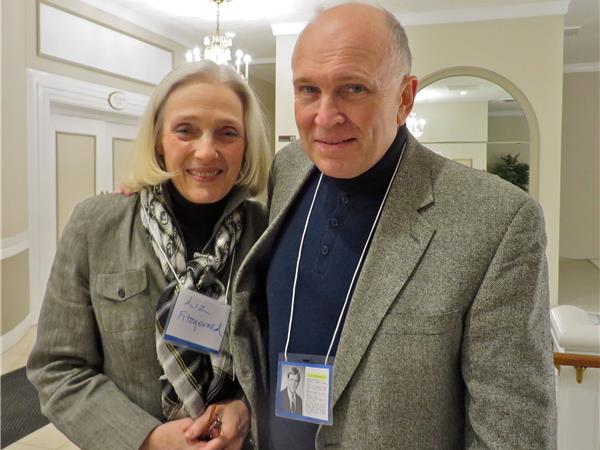The strength of Kahn's philosophy challenged more than the tribal code of Pashtunwali and the dominance of the British Empire. Khan also challenged many Western orientalists who claimed that his movement was just an aberration of a warrior culture that could never give up war. In our research into Khan's movement we discovered his inspirational principle of turning warriors of war into warriors of peace was similar to JFK's plan.
Kahn chose first to reform the ancient Pashtun tribal code that sanctioned killing to resolve family feuds. In his speech JFK asked Americans to first reflect on reforming their own concepts of peaceful coexistence before expecting the enemy to change. Khan's philosophy is expressed most beautifully in this quote: Is not the Pashtun amenable to love and reason? He will go with you to hell if you can win his heart, but you cannot force him even to go to heaven.
-The Fitzgerald Myth and History embodied in JFK's life and Death
Next we'll weave in the mythical stories from the Fitzgerald family's Irish roots. Myths are the stories of human encounters with the spirit world handed down over generations. When merged with the historical record it adds a depth to both.
In our research into the Fitzgerald's rise and fall from power-- starting with the 12th-century Norman invasion of Ireland and ending four hundred years later with the beheading of the last earl of Desmond by Elizabeth I-- we discovered that the age of myth lived on in Ireland well into the 20th century.
Starting with the Fitzgeralds' arrival in 1169 there was an outpouring of Irish prophecies connected to the family that were already in existence. Over time these prophecies became entwined with more of the ancient legacies such as the Grail legends from Wales and the Irish legends of the Dagda. The first myths about the Earls of Desmond began to form in the early 14th century. Maurice Fitzgerald's son Gerald, known as Gearoid Iarla in Gaelic, inspired the origin myth of the family that exists to this day. Born in 1338, Gearoid succeeded to the Earldom in 1358 making him the 3rd Earl of Desmond and the leader of the most powerful Norman family in late medieval Ireland. Gearoid's castle at Lough Gur became the center of the earldom and a home for his love to Gaelic culture.
As a respected composer of poetry, Gearoid became a leading example of the Norman lords' willingness to embrace their own Gaelicization. More Irish than the Irish was a phrase used by historians to describe this phenomenon of total cultural assimilation.
The Fitzgeralds adopted the mythic symbolism of the Gaelic tradition by embracing Aine as their goddess of sovereignty over the land. A poet in their employ referred to Gearoid's father, Maurice, as Aine's king and Gearoid as the son of Aine's knight. According to folklore, Maurice was walking by the shore of Lough Gur when he saw Aine bathing and seized her cloak, which magically put her under his power, and then lay with her. Aine told Maurice she would bear him a son Gearoid Iarla whom he was to bring up. One caution she told Maurice; he was not to show surprise at anything his son did because if Gearoid's feats were recognized as magical he would have to go with his mother into the otherworld. Maurice did ultimately lose his son to Aine.
Next Page 1 | 2 | 3 | 4 | 5 | 6
(Note: You can view every article as one long page if you sign up as an Advocate Member, or higher).





